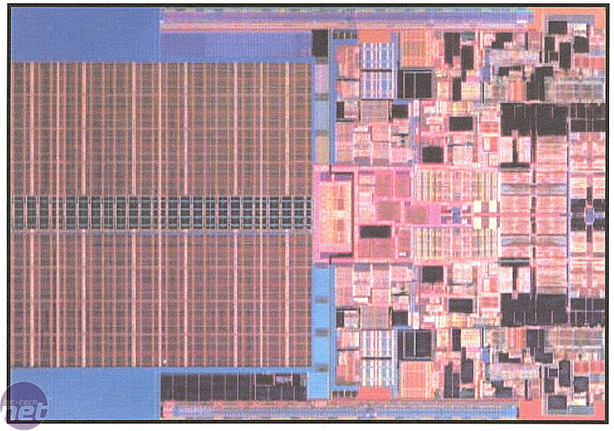
The Penryn Family:
Of course, all of these technological advancements are no good if there’s no product to back them up. During the call, Intel outlined some of the plans for its next-generation processors, codenamed Penryn. Although they’re referred to as next-generation by Intel, it’s not a completely new microarchitecture – we’ve still got a bit more time with Core, but that’s not exactly a bad thing.The reason that Intel moves to a new process well before releasing a new microarchitecture is quite as simple one: risk. Manufacturing a completely new architecture on a completely new process technology is a big risk, even with all of Intel’s technological prowess. Instead, taking things one step at a time makes much more business sense. Moving to 45nm with a familiar architecture is obviously a damn sight easer, in much the same way that releasing a new architecture on a familiar process technology is less of a risk than putting all of your eggs in the one basket.
That’s not to say that Intel hasn’t stood still though, because it has added a number of new features to the microarchitecture, especially for Penryn. There are approximately 50 new Intel SSE4 instructions that “expand the capabilities and performance for media and high-performance computing applications,” according to Intel.

Penryn die shot
These new features will increase the approximate transistor counts to 410M for the dual-core Penryn processors and 820M for the quad-core versions. That represents a 40% increase in transistor count over the 65 nanometre Core 2 Duo and Core 2 Quad processors that have approximate transistor counts of 291M and 582M respectively.
Intel expects to utilise the existing power envelopes, meaning 65W for mainstream desktop (dual-core) Penryn processors, 130W for a high-end quad-core chip, 35W for notebooks and 80W for mainstream quad-core server chips. There’s no doubting that the combination of higher clock speeds and a process shrink helps Intel continue to push the performance envelope while maintaining respectable power requirements.

You can expect to see the first production Penryn processors some time in the second half of the year. Intel has three 45nm Fabs – one in Oregon, one in Arizona and a third in Israel. The first two will start ramping in the second half of this year and the third fab in Israel will start ramping production in the first half of next year because it is still under construction.
Manufacturing is already going well though, as the company’s engineers have already used five “first-sample” chips to successfully boot into Windows Vista, Mac OS X, Windows XP and Linux. Things are looking promising on that front, and we can’t wait to get our hands on Penryn to test for ourselves in the not too distant future.

MSI MPG Velox 100R Chassis Review
October 14 2021 | 15:04








Want to comment? Please log in.